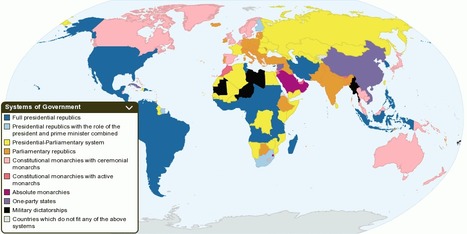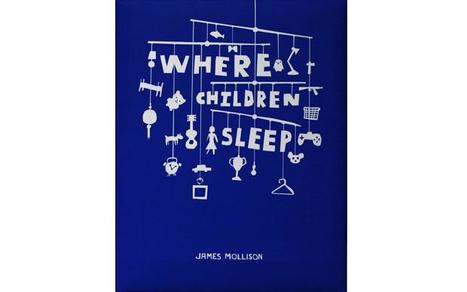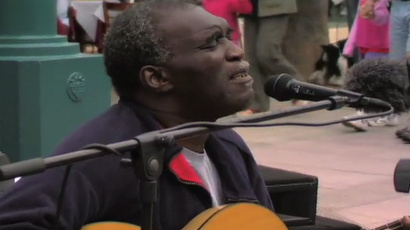Follow, research and publish the best content
Get Started for FREE
Sign up with Facebook Sign up with X
I don't have a Facebook or a X account
Already have an account: Login

SoRo class
4.2K views |
+0 today
Follow
Filter by date
Tags
 Your new post is loading... Your new post is loading...
 Your new post is loading... Your new post is loading...
Teaching and Learning with The New York Times
Drinking sweet green mint tea — lots of it — is an essential transaction while doing business in Western Sahara. But green tea consumption is a relatively recent tradition in North Africa.
How Japanese addresses work, and other opposites, by Derek Sivers - http://sivers.org
Louis C.K. may have a deep appreciation for cell phones and what they're capable of, but that doesn't mean he has to like them. In fact, if this clip from Thursday night's Conan is any indication, he absolutely hates them. "Nowadays when something interesting happens, people get so wrapped up in proving they were there, they neglect to experience the actual moment. Which seems to raise the question: is a life that's distillable to a 3.5-inch retina display a life truly worth living?"
The Buddha, a two-hour documentary for PBS by award-winning filmmaker David Grubin, tells the story of the Buddha’s life, a journey especially relevant to our own bewildering times of violent change and spiritual confusion.
This reproduction Deck Prism makes a beautiful & intriguing conversation piece for any home. A must-have for the nautical enthusiast! Shop at Edmund.
Clairelouise's insight:
Skylight light diffusers aren't new-- they have been used on ships for a few centuries.
Learn more about population: http://ngm.nationalgeographic.com/7-billion To coincide with the arrival of the world's 7 billionth person on October 31, 2011, ...
James Mollison’s photographs of children’s bedrooms present a stark lesson in inequality.
http://playingforchange.com/episodes/40/ - Hello everyone, today we are honored to share with you all the first video from our new CD/DVD titled, "PFC2: Song...
A singing peanut and his gang of shelled friends explain that sometimes free trade is just nuts. For more information about this film and to take action visi... |
New designs for kids encourage risk-taking to boost fitness and brain development.
The intention of this project is to stress the importance of advancing the space frontier and is focused on igniting scientific curiosity in the general publ...
Clairelouise's insight:
Neil Degrasse Tyson talks about the new worldly perspective gained after Apollo 8 took the famous "Earth Rise" picture; the creation of Earth Day, Doctors without Borders, etc. Science being the driving force behind this worldly perspective.
SelectSmart.com offers thousands of fun, funny, and informative quizzes; get recommendations, make smart decisions, take a fun character or personality matching quiz. Share a quiz on myspace, facebook, and other social networking sites.
Clairelouise's insight:
Select religion- Spiritual Belief System Selector Take the quiz. There are no right or wrong answers it is simply a way to explore different religions and our personal belief systems.
A simple initiative in the Philippines is bringing a bit of brightness into the lives of the country's poorest people.
The United Kingdom vs Great Britain, England and much much more. *T-Shirts for sale!* Help support more videos: http://goo.gl/1Wlnd Grey's blog: http://www.c...
Students in Vermont can honestly say they had to journey through a forest and across a mountain to get to school every day.
The Population Reference Bureau provides timely and objective information on U.S. and international population trends and their implications.
How close to a train track can you set up a vegetable market?
A starter for a lesson on urban theory and city planning |













![[INED] Population quiz games | SoRo class | Scoop.it](https://img.scoop.it/55_AFqmrJJPYGTSx6DUWOTl72eJkfbmt4t8yenImKBVvK0kTmF0xjctABnaLJIm9)









